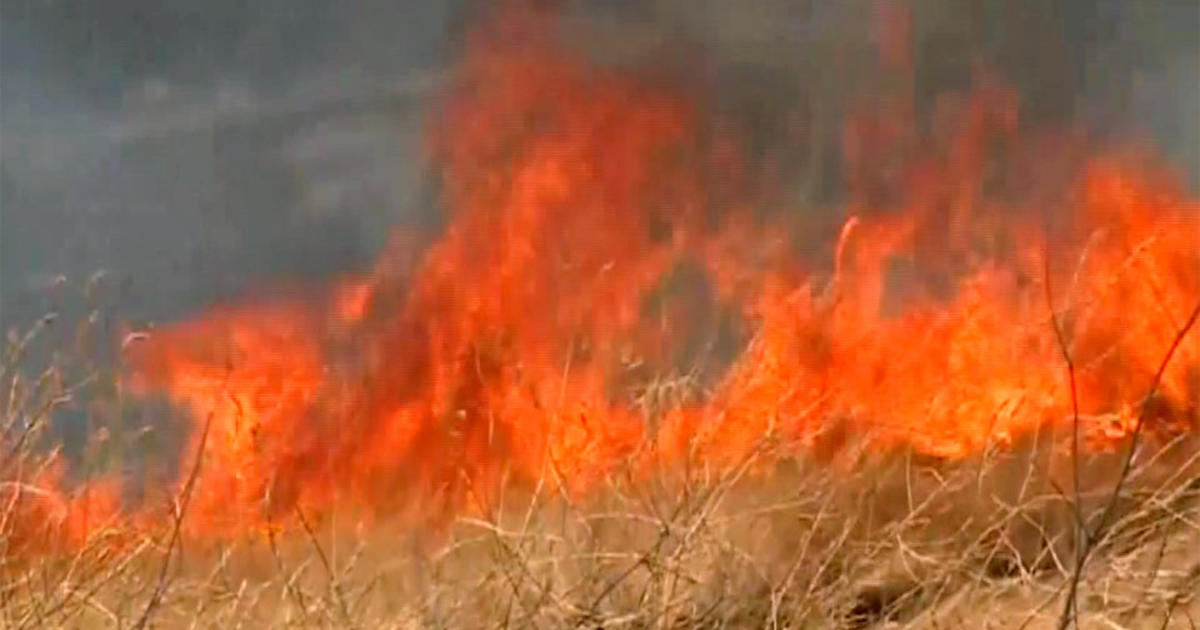How To Build The Perfect Campfire, According To Science
For all those stubborn advocates of the "log cabin" method of building fires, we've got some bad news for you: You're wrong... at least, according to a Duke University professor.
Adrian Bejan, a mechanical engineer at the North Carolina school, recently published a study confirming what many expert fire-builders have known all along: A perfect fire is a pyramid shape, as tall as it is wide. Bejan argues that adding heat to a fire (the key to making it bigger, faster) is not as much about fuel as it is about ratios.
Bejan calculated exactly how much air can flow through each different type of fire structure, and how much heat it loses in the process. He found that taller or shorter fires -- compared to their width -- lose more heat in relation to the amount of fuel they use.
In other words, letting that air flow into the flame is both good and bad. A lot of heat is lost in the process, but it allows oxygen to continue to fuel the fire. What Bejan calculated is the "sweet spot" of building a fire: not too much air flow, and not too little. And, more or less, that structure is a pyramid or cone shape that's as tall as it is wide.
Log-cabin-style fires, on the other hand, are fantastic at holding heat, but they let in virtually no air, letting them burn out pretty quickly.
So when you're out at the lake this summer, don't let the naysayers put you down. Log cabin fires are nonsense and teepee/pyramid fires kill it. It's just science!




